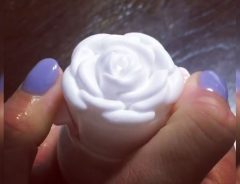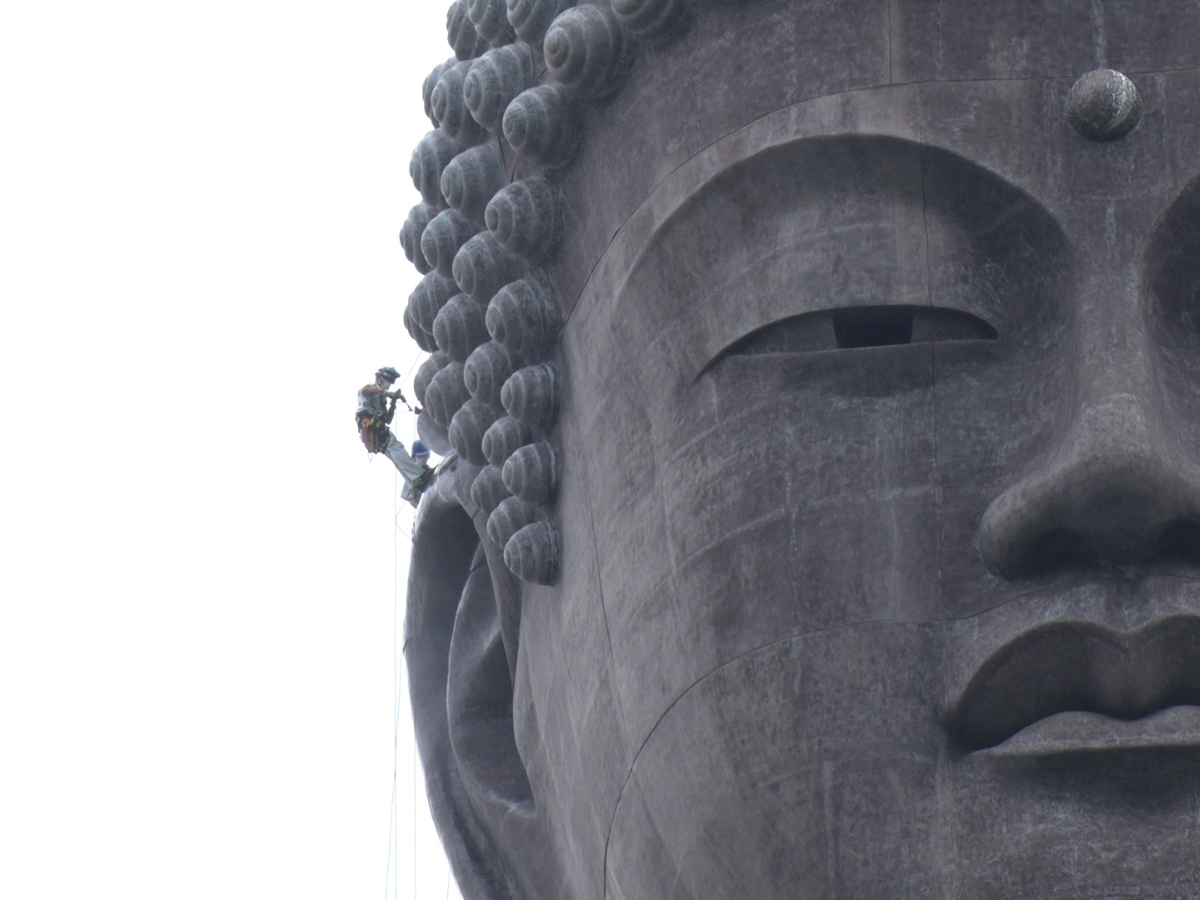Related Article
-

What is a remote wedding? Japanese couples are now choosing a ceremony online for their weddings
-

“No Adults Allowed” Confectionery Store Is Every Kid’s Dream Come True
-

Sip Coffee On Tatami Mats Inside A Century-Old Building At Kyoto’s Traditionally Japanese Starbucks
-

Attack on Titan’s Biggest Nightmare is a Cup Noodle Titan Invasion
-

This Japanese Facial Wash Dispenser Is So Ridiculously Satisfying To Watch
-

Suntory Releases New Strong Canned Cocktail Designed To Pair With Fried Chicken



It seems human beings have always had a bit of an obsession with the world’s tallest things. From the arguably mythical existence of the Tower of Babel during the dawn of historical writing, the ascension of Mount Everest in the 1950’s and the ongoing enthusiasm for building ever-taller structures around the world, it is as though we are on a never-ending quest to reach the heavens.
Standing at a total of 120 metres, the Ushiku Daibutsu located in Japan’s Ibaraki Prefecture is one of the world’s top five tallest statues. Completed in 1993, the statue held the world record as the tallest freestanding statue until it was overtaken in height by the Laykyun Sekkya (Myanmar) and again by the Spring Temple Buddha (China) in 2008. All three statues we’re dwarfed in size by the colossal Statue of Unity, which was completed in India in 2018.
To get a rough idea of the statue’s immense size, it can be compared to the Statue of Liberty’s copper cast which stands at 46 meters (on top of a stone pedestal of 47 meters).
Depicting the Amitabha Buddha, the statue was built to commemorate the birth of the founder of the ‘True Pure Land School’ of Buddhism (Jōdo Shinshū in Japanese), Shinran. Constructed of bronze, visitors can make their way up 85 meters to an observation deck in an elevator. Inside the statue a four-story building acts as a museum dedicated to the Buddhist school.
As a figure that is appreciated by the followers of Jōdo Shinshū and attracts more than 600,000 visitors annually, keeping the statue clean is an incredibly important task.
Undertaking the pulse raising assignment, is Kazayuki Taguchi; a high-altitude cleaner with more than 30 years of experience in his field.
Though Taguchi has been cleaning the area around the statue’s eyes on an annual basis, this year marks the first time that he and fellow cleaner, Minowa, have cleaned the statue’s right ear since it’s construction in 1992.
This year’s cleaning event was documented by CBC TV Production show ‘BACKSTAGE’, which gives a behind-the-scenes look into the lives of individuals, organisations and businesses around Japan. During the show, the two-man team we’re seen carrying their 150kg cleaning gear to the top of the Buddha.
Taguchi and Minowa began their ascent using the elevator to the observatory, which is around the statue’s chest height, from there they had to complete the climb to the top by foot and rope.
Once at the top, the pair could finally get to work. Setting out on suspended ropes, the two worked together to remove dirt and bird droppings that have built up over time, from around the eyes and ear with a high pressure washer and a brush. As bronze reacts with visible changes in colour and shine to continuous friction and detergent, Taguchi and Minowa work carefully with just water and light pressure in order to preserve the appearance of the metal.
Taguchi, who turned 50 years old this year, shared with the show “The work gets harder year after year. To get our gear to the top, we have to make 4 round trips.”
From the ground, the pair could easily be overlooked by visitors as they tackled the immense task with expertise and care. The dedication and effort put into their work may have remained a mystery if it were not for BACKSTAGE’s coverage of the cleaning of the Ushiku Buddha.
With the completion of the event, the Ushiku Buddha is now one ear cleaner than it has been for the past 28 years, understandably it may be some time (perhaps another 28 years) before the left one gets a check up too.